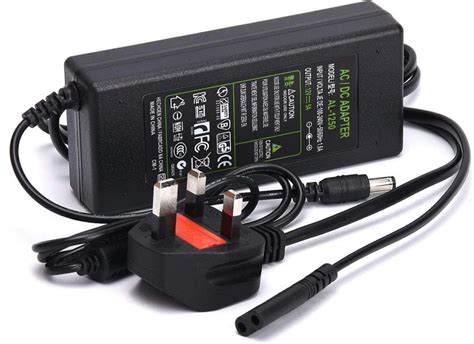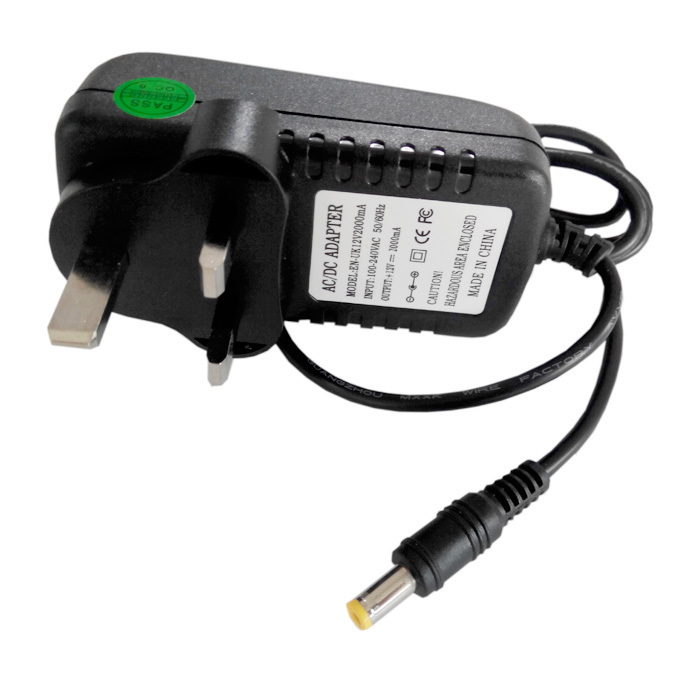What's LVD Testing?
The Electrical Equipment (Safety) Regulations 2016 (The Low Voltage Directive in the EU) ensure that electrical equipment within a certain voltage range is tested to ensure that a high level of protection from electric shock and fire for all consumers in the UK & Europe.
These regulations cover equipment operating on voltages between 50-1000V AC, and 75-1000V DC. These voltage ranges apply only to voltages present on input or output connections of the product, and do not apply to any internal voltages which are not accessible in normal operation.
For electrical equipment within scope, the Regulations cover all health & safety risks, thus ensuring that electrical equipment is safe for it’s intended use.
Why is LVD Testing Important?
LVD compliance testing is important for a number of reasons, including:
- To protect consumers from electrical hazards: LVD compliance testing helps to ensure that electrical equipment is safe for consumers to use. Electrical equipment that does not comply with the LVD can pose a serious risk of electric shock, fire, and other hazards.
- To comply with regulatory requirements: LVD compliance testing is mandatory for all electrical equipment sold within the EU. LVD compliance testing helps to ensure that electrical equipment meets all of the applicable LVD requirements and can be legally sold within the EU.
- To gain a competitive advantage: LVD compliance testing can help businesses to gain a competitive advantage by demonstrating that their products meet all of the applicable safety standards.
- Avoidance of legal penalties: Without the correct test reports and certificates of compliance, Trading standards may seize goods upon import to the UK.
What are the different parts of LVD testing?
There are a number of different parts to LVD compliance tests, including:
- Electrical safety testing: This type of testing evaluates the electrical safety of electrical equipment, including its insulation resistance, leakage current, and dielectric strength.
- Mechanical safety testing: This type of testing evaluates the mechanical safety of electrical equipment, including its construction, materials, and components.
How can CASS Industries help?
We offer a range of services to assist manufacturers and importers or their agents in UKCA / CE marking products that they are placing on the market.
Does my product need testing?
As a general rule, any product that is mains powered requires testing to the Electrical Equipment Safety Regulations.
This includes products with external power supplies and internal power supplies. In the case of an external power supply, such as the ones to the right, this is the component which will be tested, and the actual product being powered by low voltage (such as 5V or 12V DC) will be intrinsically safe by design.
How do I get my product tested?
Getting your product tested for compliance with Electrical Safety Regulations is easy:
Once the product arrives with us, it will be placed in the queue for testing, and results will be emailed to you as a PDF format report after the testing is complete.
For new customers, we ask for the bill to be paid before issuing the report, and once this first job with us is completed, you will then be moved to a 30-day account basis.
Unfortunately, Electrical Safety testing is by nature destructive, and while samples can usually be returned on request, anything returned to the customer will likely be in a disassembled and non-operational state.
Our Location
Unit 1, Bankside Business Park
Coronation St
Stockport
Cheshire
SK5 7PG



